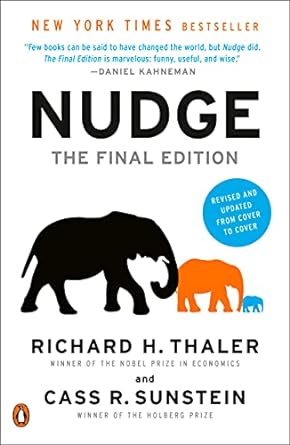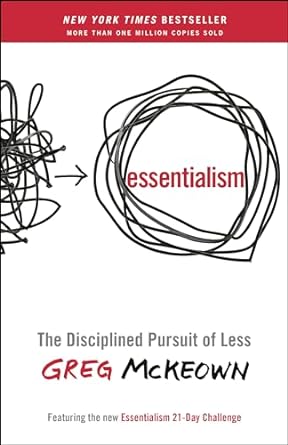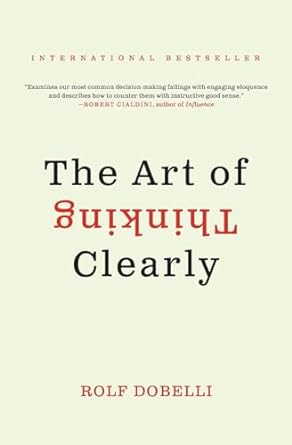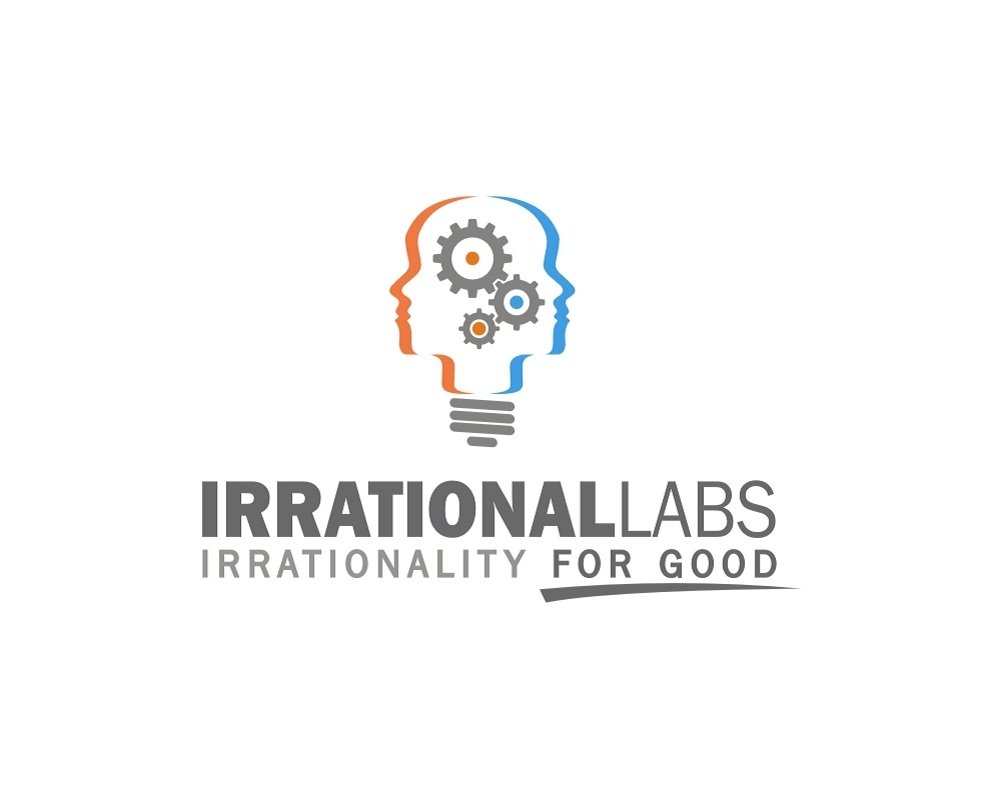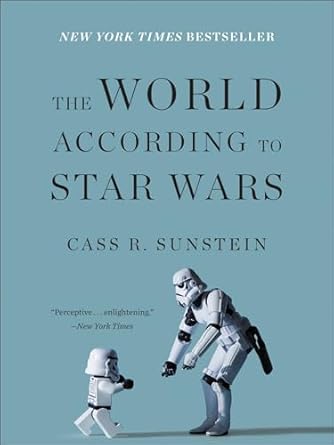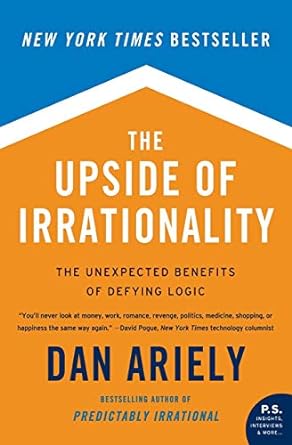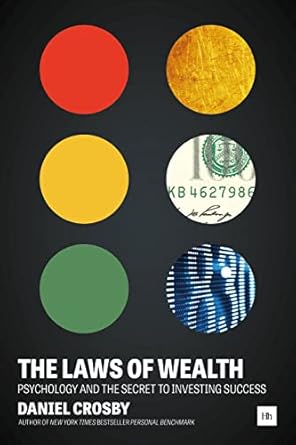Status Quo Bias
The tendency of humans to prefer that things stay the same, even when change would be to our benefit.
Examples:- Sticking to a job we hate.
- Staying in a bad relationship.
Key Insights & Principles
Decision Making
Insights:- People have a strong tendency to stick with the status quo or take the default option.
- The tendency to stick with the status quo can make us passive decision makers.
- We can overcome the status quo bias when we are forced to justify decisions, like the zero-based budgeting method.
- We can use our bias for sticking to the status quo to our advantage, to increase savings for example.
- Aim to justify each decision, and be aware of adopting the default when it is not the best option.
- Use defaults to embed positive habits or decisions.

